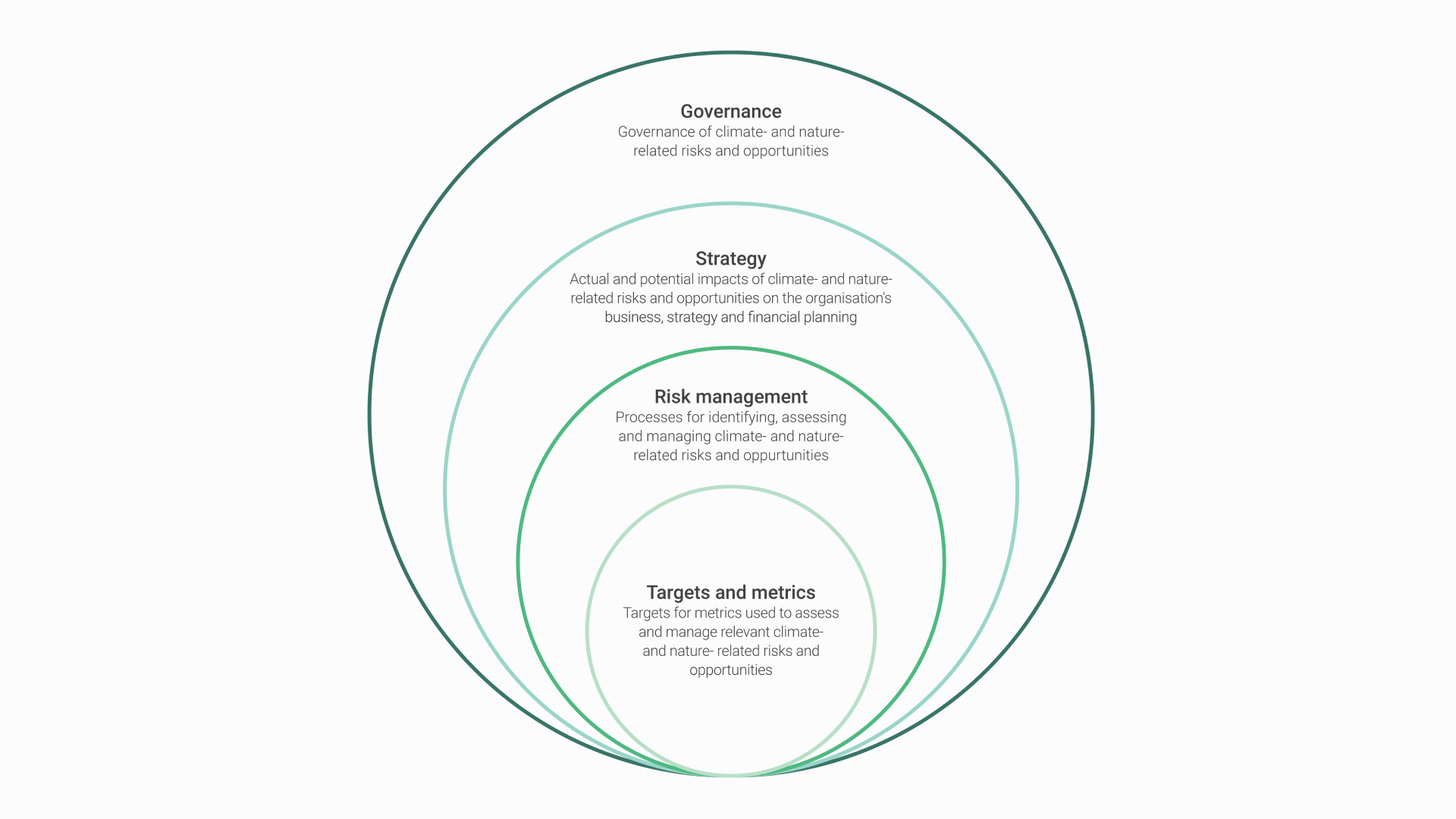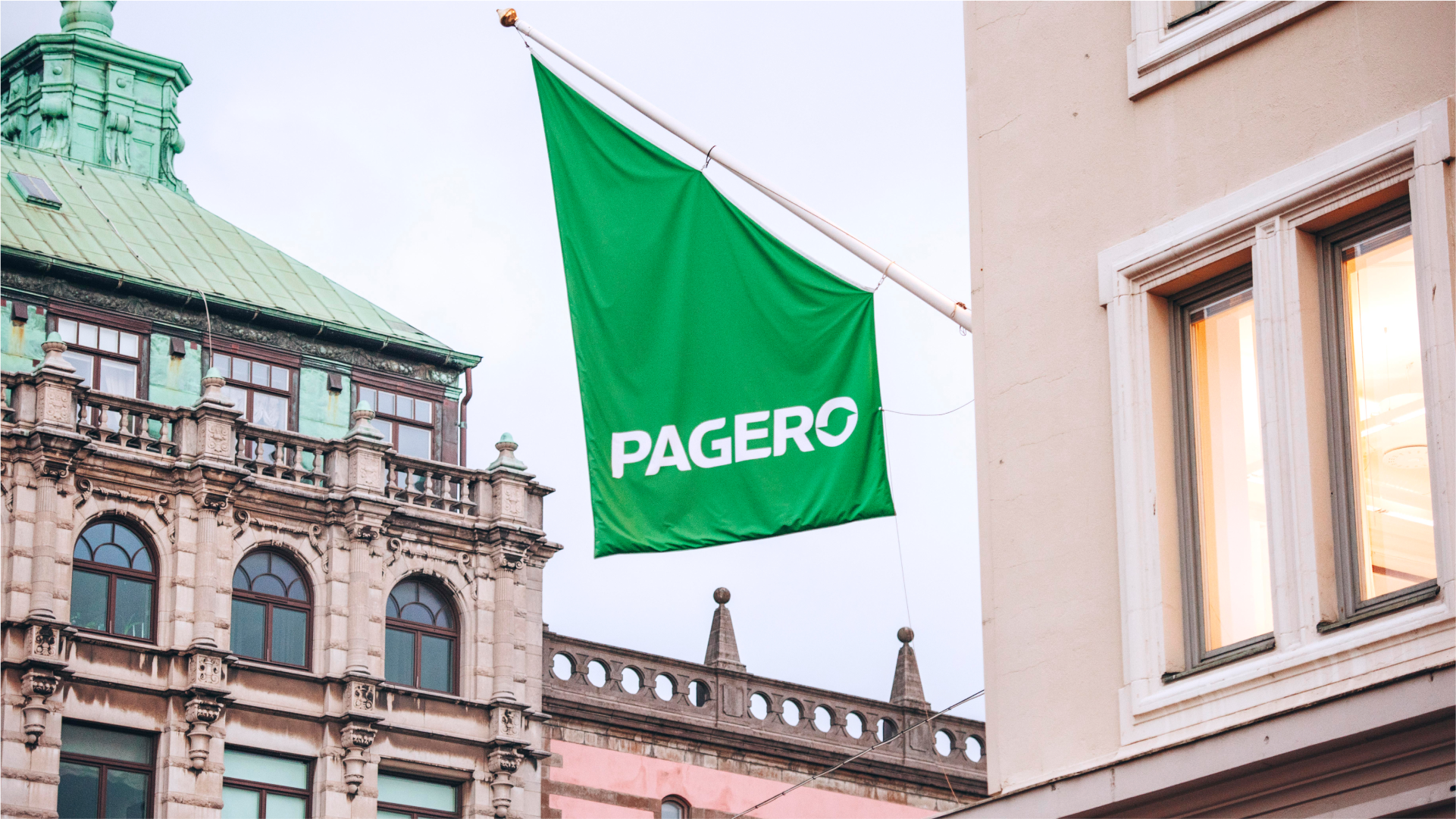Securing the backbone of the digital economy: strengthening cybersecurity for SMEs
- News
- Impact
- Reports
2 min read

Small and mid-sized enterprises (SMEs) are the backbone of Europe’s economy, representing 99% of all businesses. They employ 80 million people in the EU, drive innovation, and power the supply chains that keep industries running. Yet in today’s connected economy, they have also become the most exposed link.
Cybercriminals know that SMEs often lack the tools, systems, and resources to defend themselves. A single breach can paralyze operations, compromise sensitive data, and open the door to attacks on larger partners. What was once a local business risk has become a systemic threat. When one SME in a supply chain is compromised, the ripple effects can reach critical infrastructure, healthcare, and government services.
Cybercrime already costs the global economy ~3% of GDP every year, and yet up to 95% incidents go unreported, hiding the real impact on the economy, business and people. For SMEs, the challenge is not awareness but access. Security tools are often too complex, too costly, or simply out of reach.
Cybersecurity can no longer be a privilege of large businesses. Scalable, accessible solutions are essential for building digital resilience across the entire economy.
The widening protection gap is both a systemic challenge and a major investment opportunity. Demand for cybersecurity solutions is growing at double-digit rates, yet SMEs remain dramatically underserved. Investing in technologies that make advanced protection affordable and easy to deploy is critical. Not just for risk reduction, but for the stability of Europe’s digital economy.
Investing in scalable cybersecurity solutions
Summa’s investments in FAST LTA and Logpoint are examples of this opportunity.
FAST LTA, a German data solutions provider, offers high-security, immutable data storage and archiving for critical sectors. Its technologies ensure long-term data integrity, even in the face of ransomware. By keeping data under local control and within EU jurisdiction, its solutions strengthen digital sovereignty and resilience where it matters most.
Logpoint, a Danish cybersecurity software company, helps organizations detect, respond to, and prevent attacks through its European-native technologies. In a market dominated by US providers, it offers a trusted alternative built on European values of privacy and security. This is critical when up to 84% of European organizations see reliance foreign cybersecurity as a strategic risk.
Crucially, Logpoint uniquely enables SMEs, those most exposed and least protected, to strengthen their defenses. As more businesses adopt its service, the network effect amplifies resilience across entire value chains, improving overall security for society.
Both companies show how European innovation and investment can reinforce digital sovereignty and resilience, while delivering competitive financial returns.
Protecting SMEs is not just about preventing cyberattacks. It’s about safeguarding the networks, data, and services that the wider economy depends on. By investing in solutions that make cybersecurity scalable and accessible, Summa is helping ensure that every organization, large or small, can operate securely in a digital world.
Download our latest report to explore the full investment opportunity in cybersecurity.
The Summa Summarum newsletter
Sign up to our newsletter
Latest readings
News
Securing the backbone of the digital economy: strengthening cybersecurity for SMEs
Read more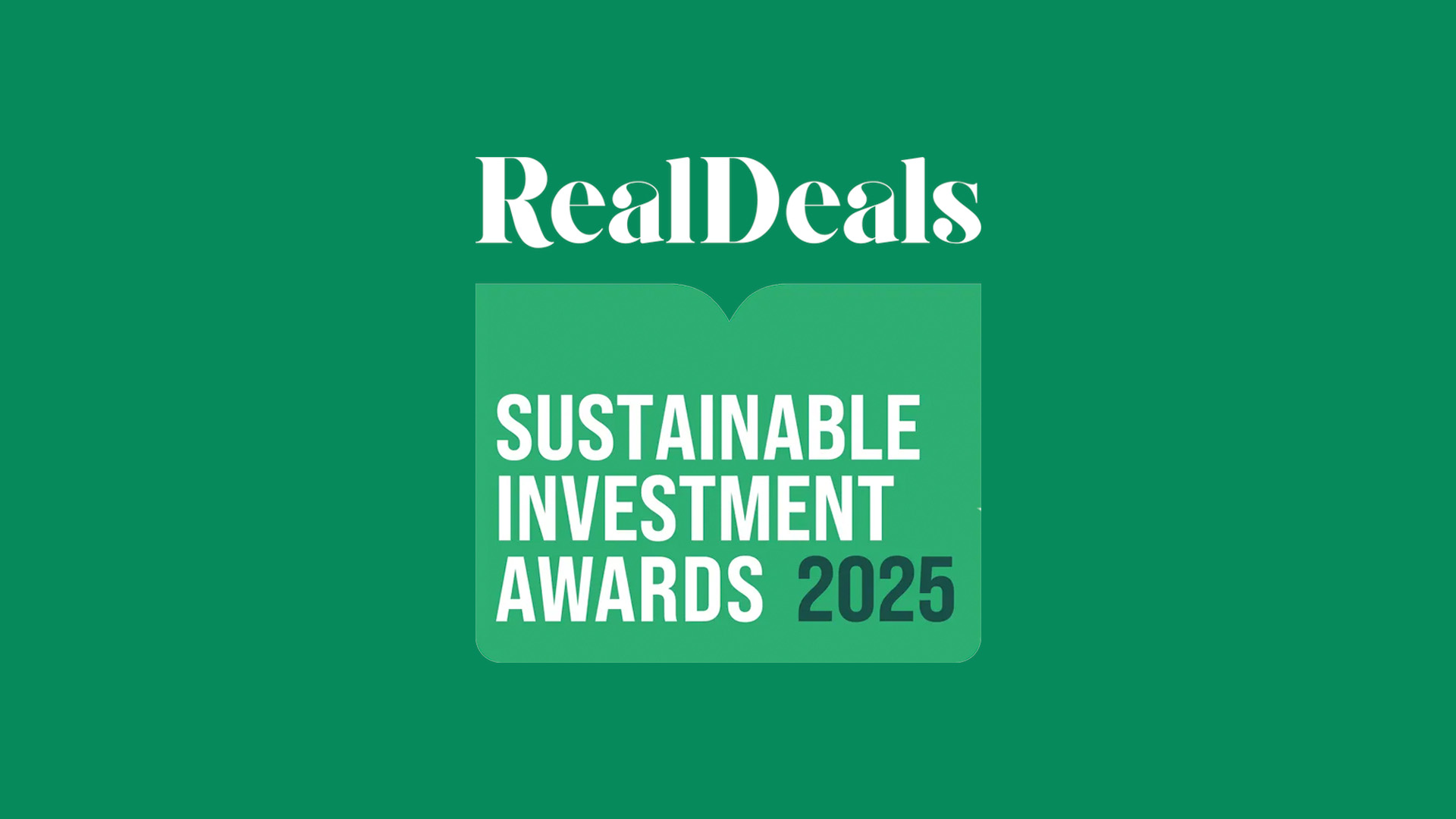
Summa Equity wins double honors at Real Deals Sustainable Investment Awards 2025
Read more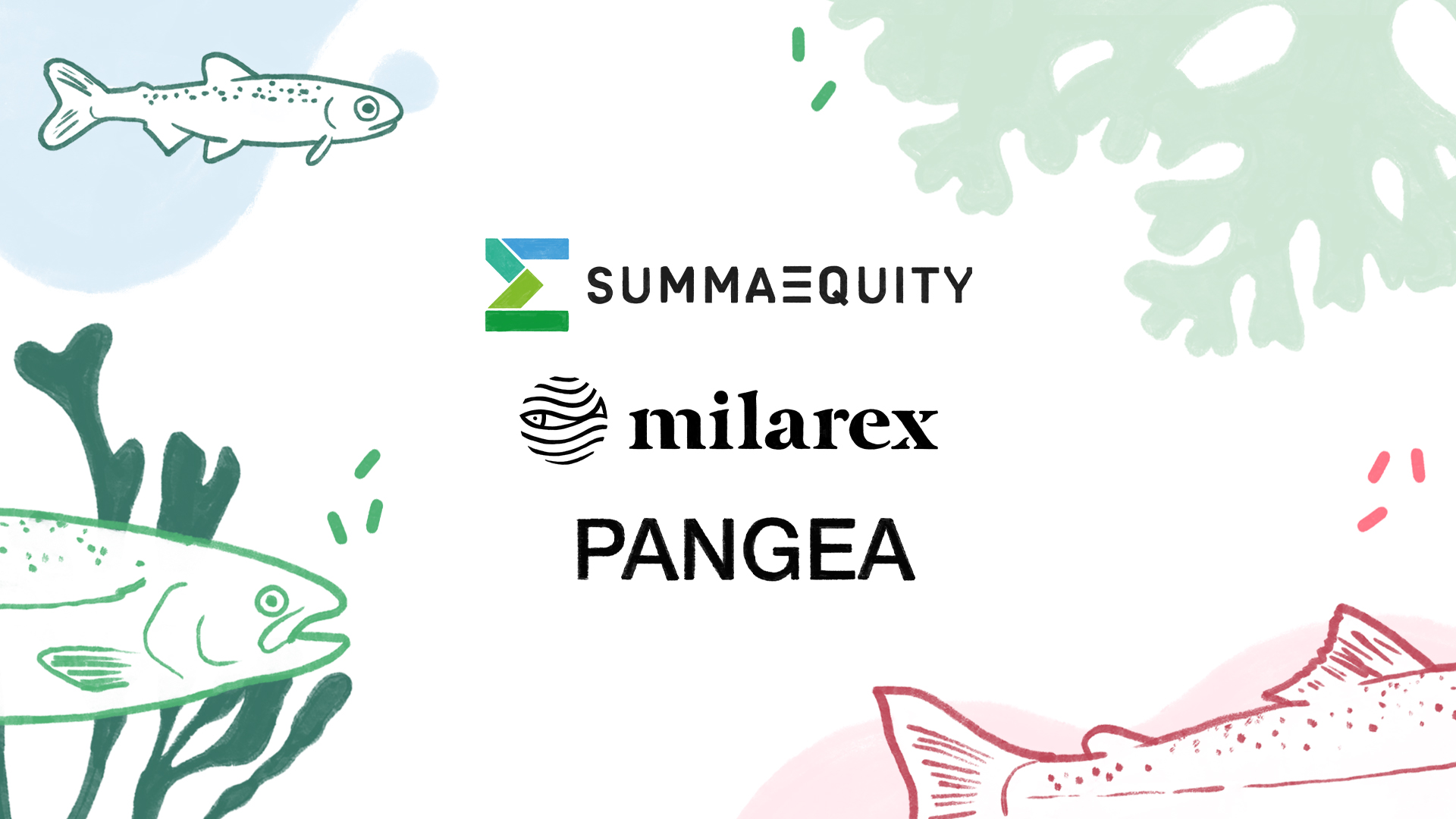
Summa Equity exits Milarex
Read more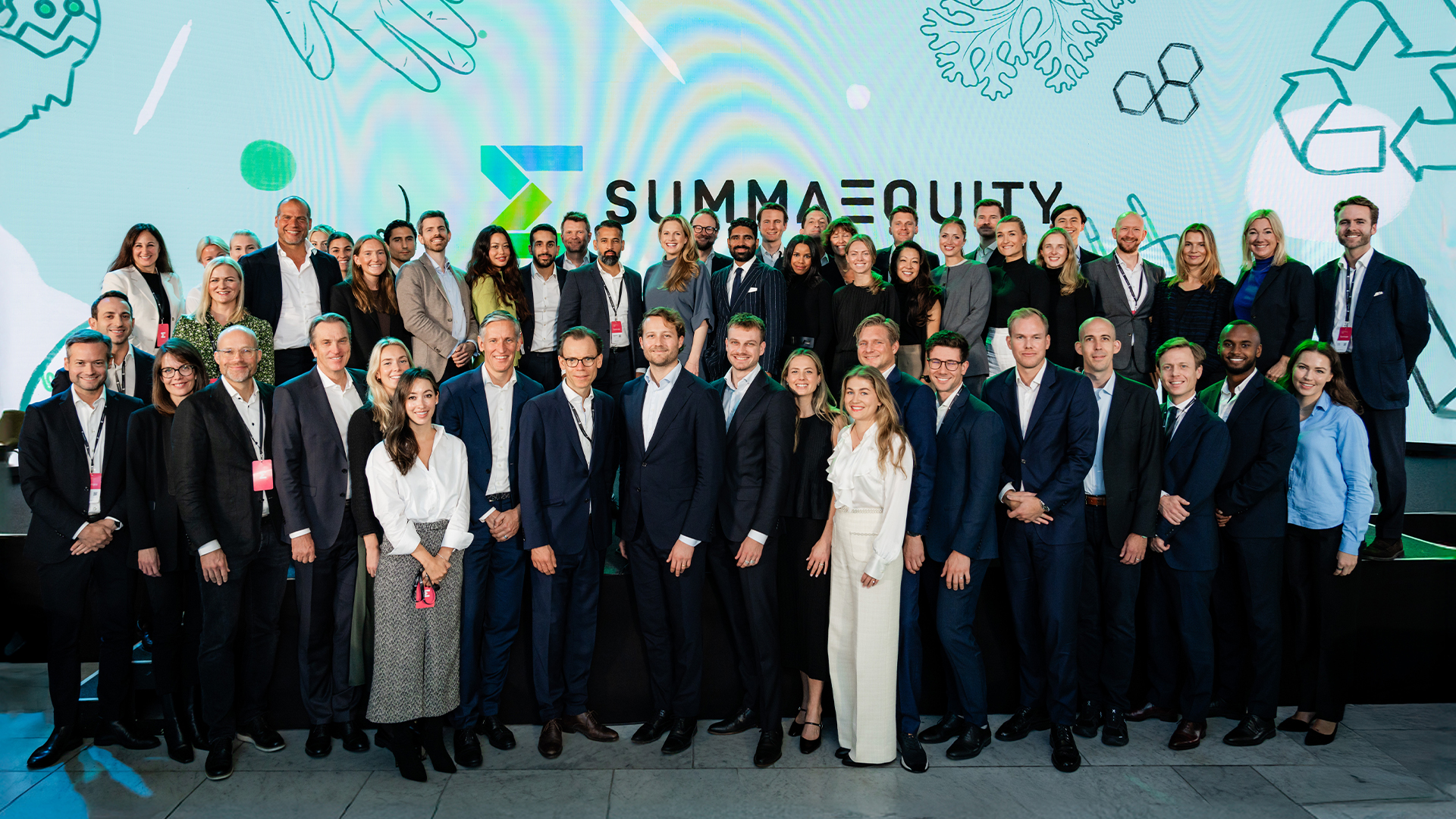
Reflections from the Summa Summit and our 9th Annual Investor Meeting 2025
Read more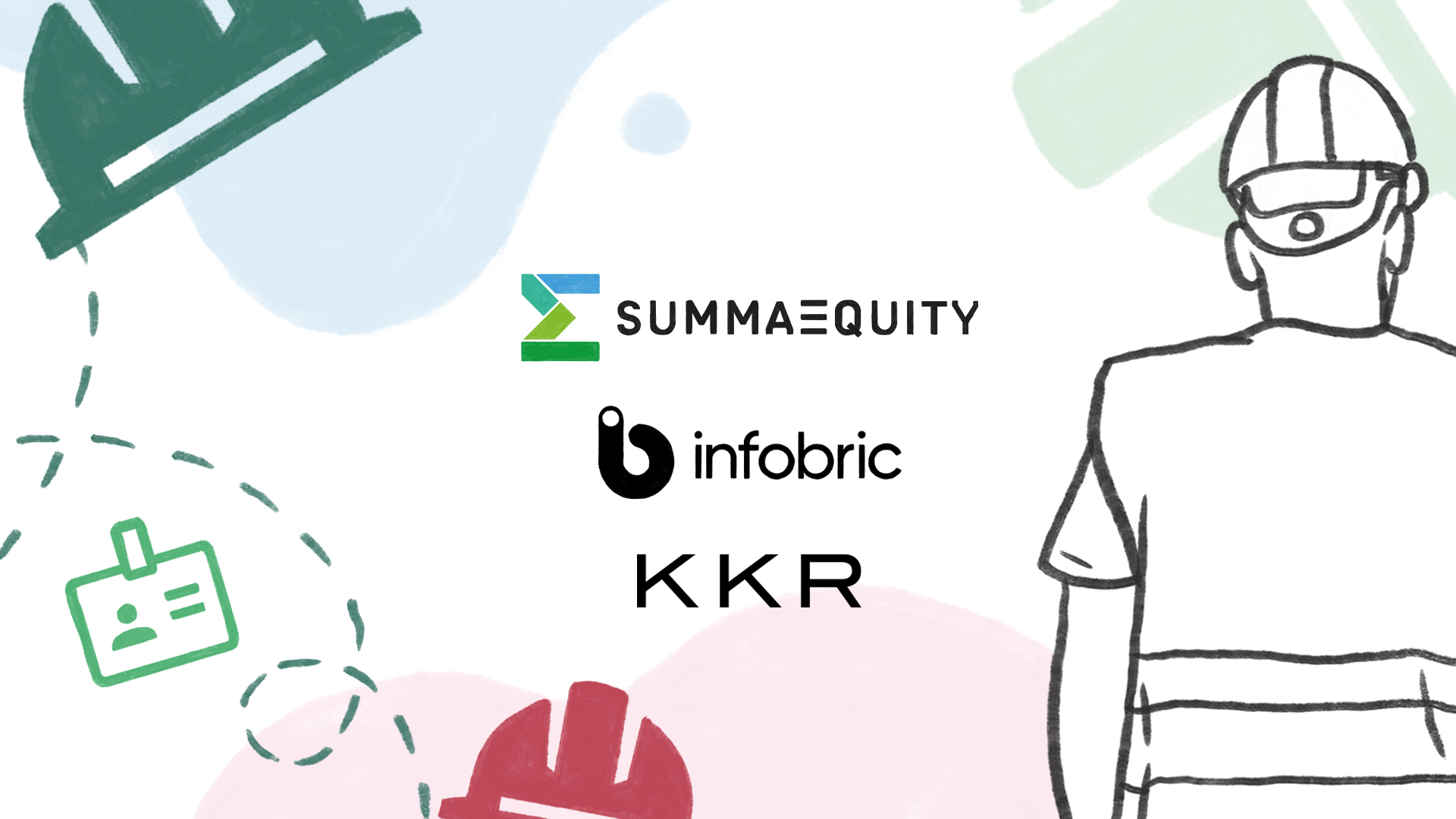
Summa Equity completes full exit of Infobric
Read more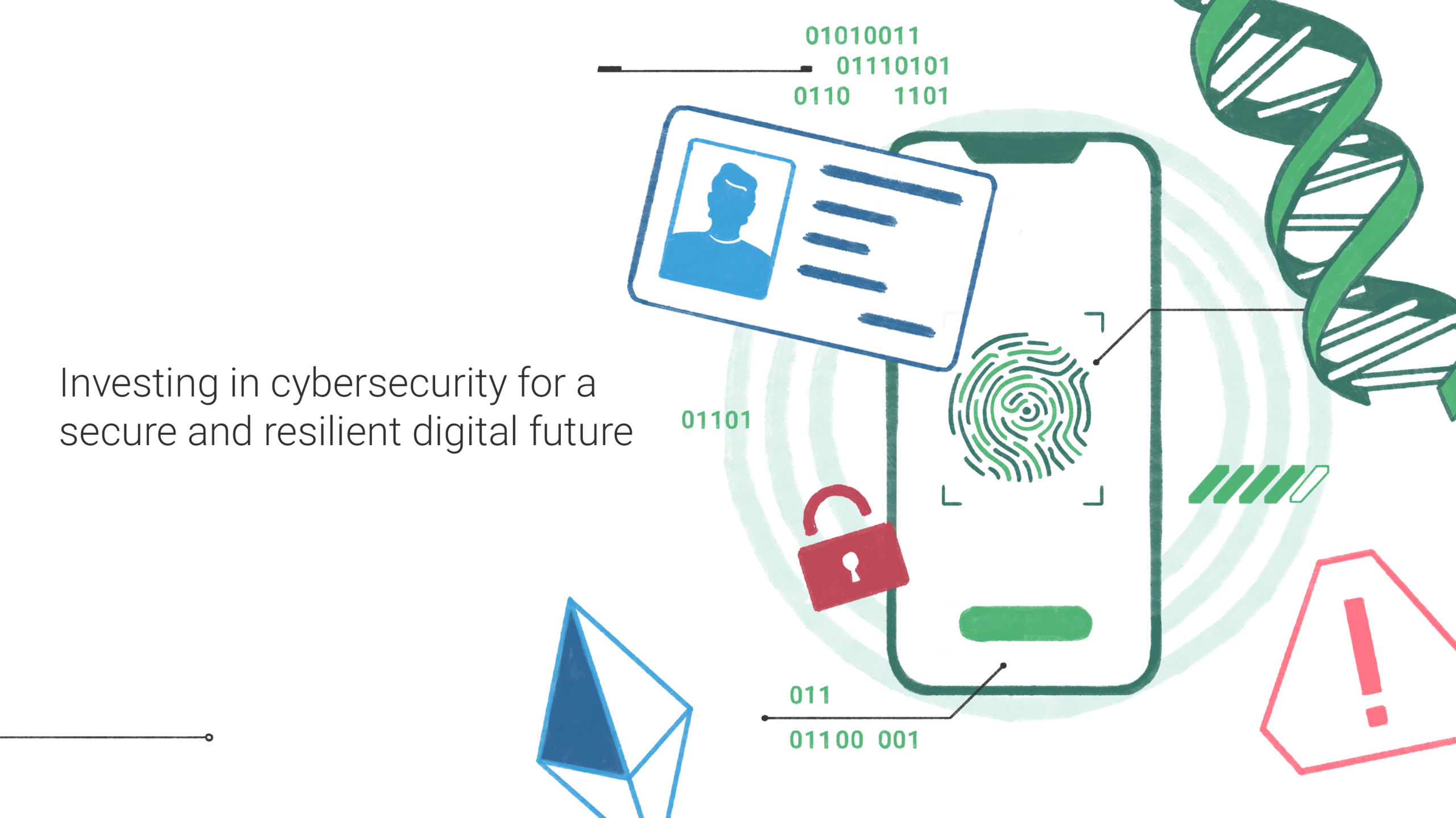
 Jacob Frandsen, Partner, Tech-Enabled Resilience at Summa
Jacob Frandsen, Partner, Tech-Enabled Resilience at Summa

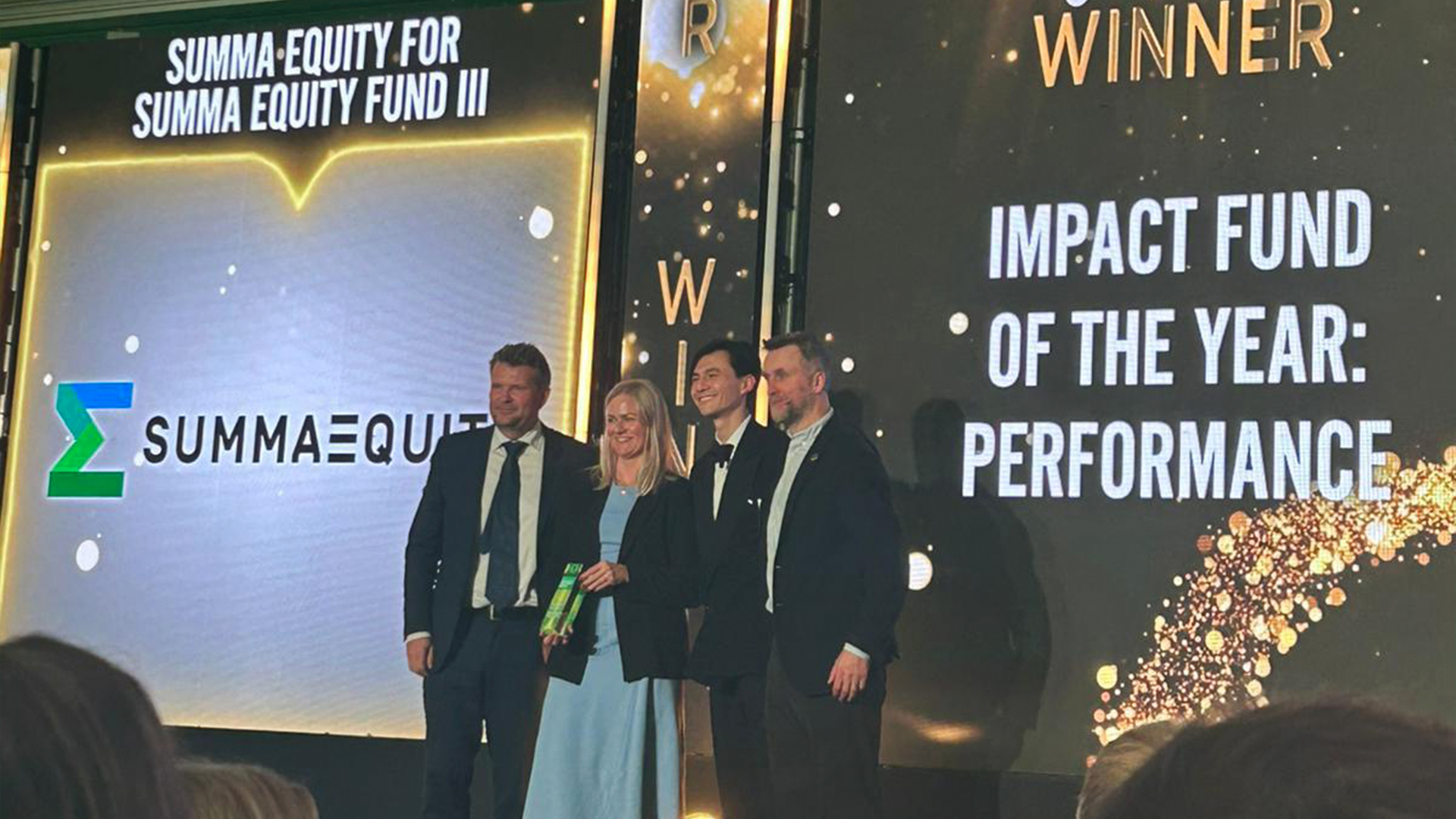
 Reynir Indahl, Founder and Managing Partner at Summa
Reynir Indahl, Founder and Managing Partner at Summa
 Emelie Norling, Impact Director at Summa
Emelie Norling, Impact Director at Summa


 Jacob Frandsen, Partner at Summa
Jacob Frandsen, Partner at Summa

 Martin Gjølme, Partner & Theme lead, Sustainable Food at Summa
Martin Gjølme, Partner & Theme lead, Sustainable Food at Summa








